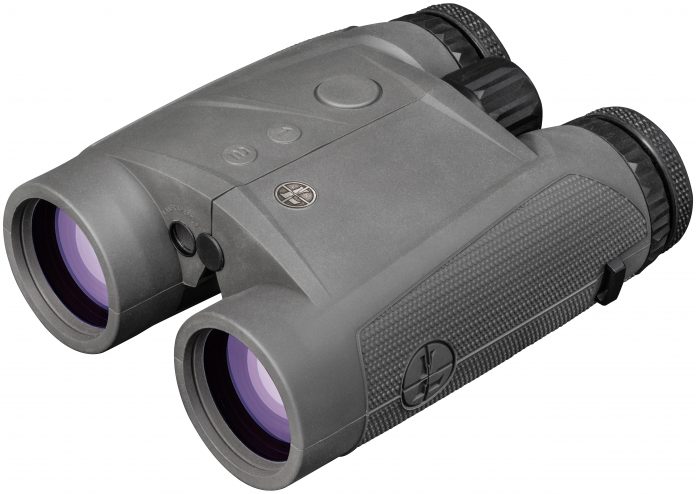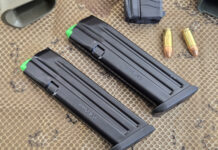
BEAVERTON, Ore. — Leupold & Stevens, Inc., has announced the arrival of its game-changing RBX-3000 TBR/W rangefinding binocular.
Leupold’s return to the rangefinding binocular market, the RBX-3000 TBR/W combines excellent glass with incredible ranging distances of 3,000 yards on reflective objects and 2,600 yards on trees and soft targets. Designed for the most relentless hunters and competition shooters, the RBX-3000 TBR/W redefines the rangefinding binocular category.
“Our consumers are incredibly committed to their craft and demand top-of-the-line performance from their optics,” said Tim Lesser, Vice President of Product Development for Leupold & Stevens, Inc. “The RBX-3000 TBR/W has been developed from the ground up to deliver the ultra-premium performance the Leupold brand is known for. We weren’t going to come to market with a new rangefinding binocular until it was the best, and we’re happy to say it has arrived.”
The RBX-3000 TBR/W features easy-to-read, high-contrast data on a red LED display and dual eyepiece diopter adjustment. An on-board atmospheric sensor will display temperature, air pressure, and humidity. The top-tier optical prescription is reinforced by Leupold’s Twilight Max HD Light Management System. Twilight Max HD – the same light management system associated with the company’s award-winning VX-5HD and VX-6HD riflescopes – allows users to glass longer during the early predawn hours to well past dusk. Twilight Max HD combines exceptional light transmission and glare management to provide vivid images with top-of-the-line optical performance in low-light conditions.
The RBX-3000 TBR/W delivers incredibly accurate ranges with its True Ballistic Range/Wind (TBR/W) technology. TBR takes into account the angle of your shot and your rifle’s ballistics to put you dead on target. Other rangefinders will certainly spit out a number, but they won’t produce an accurate range to your target because they use basic trigonometry to calculate a straight-line horizontal distance. When you’re going long, the angle matters.



